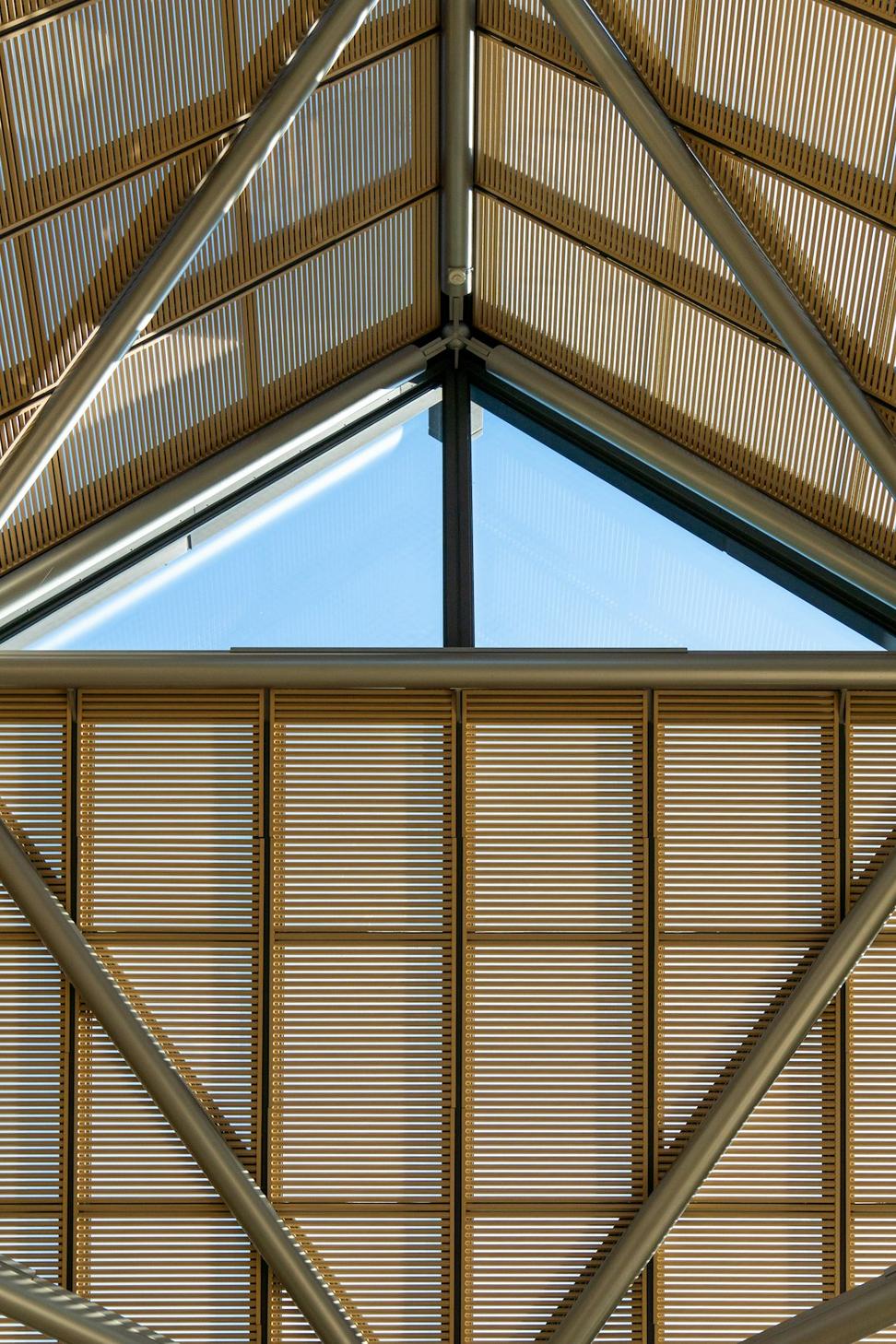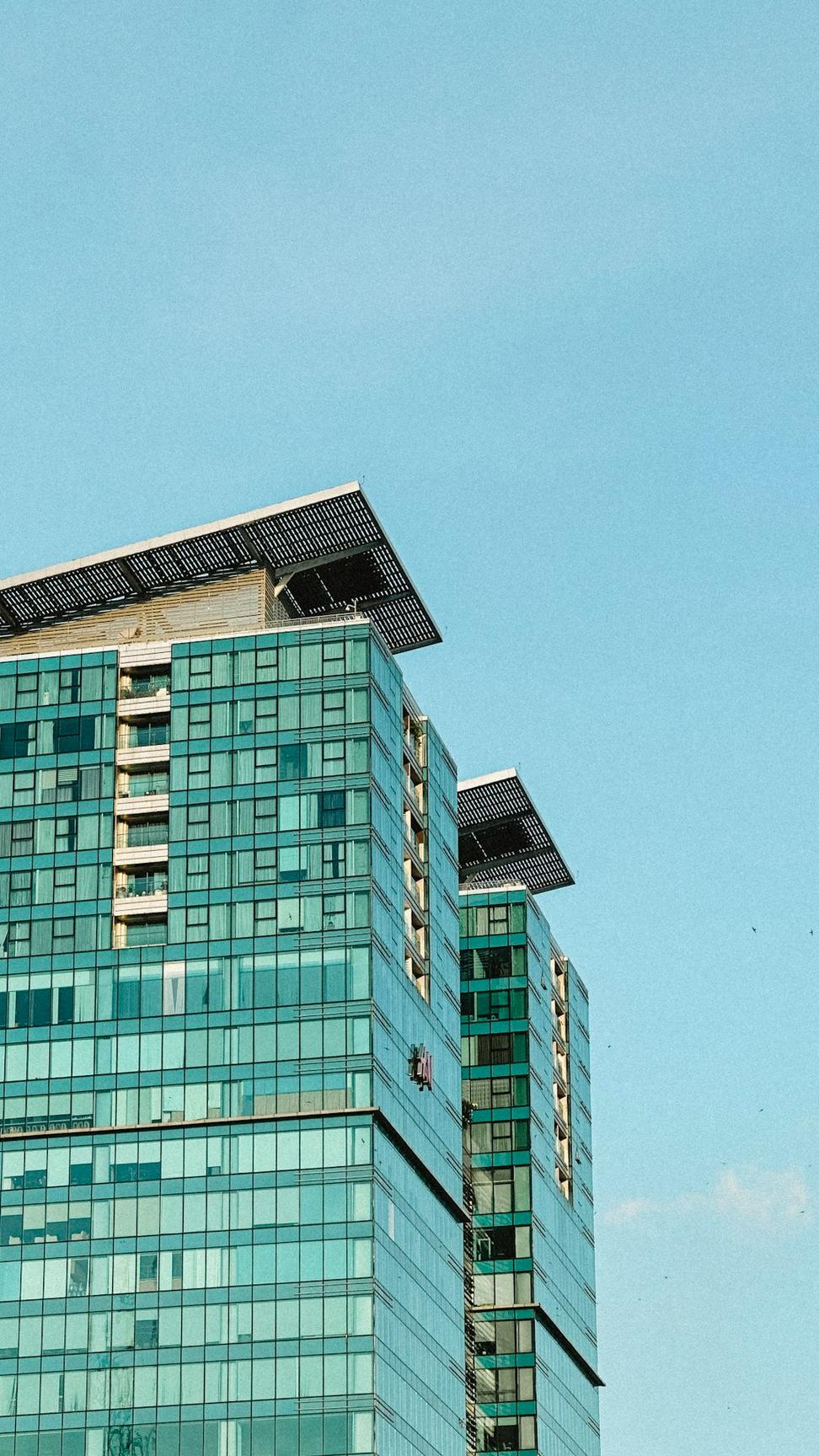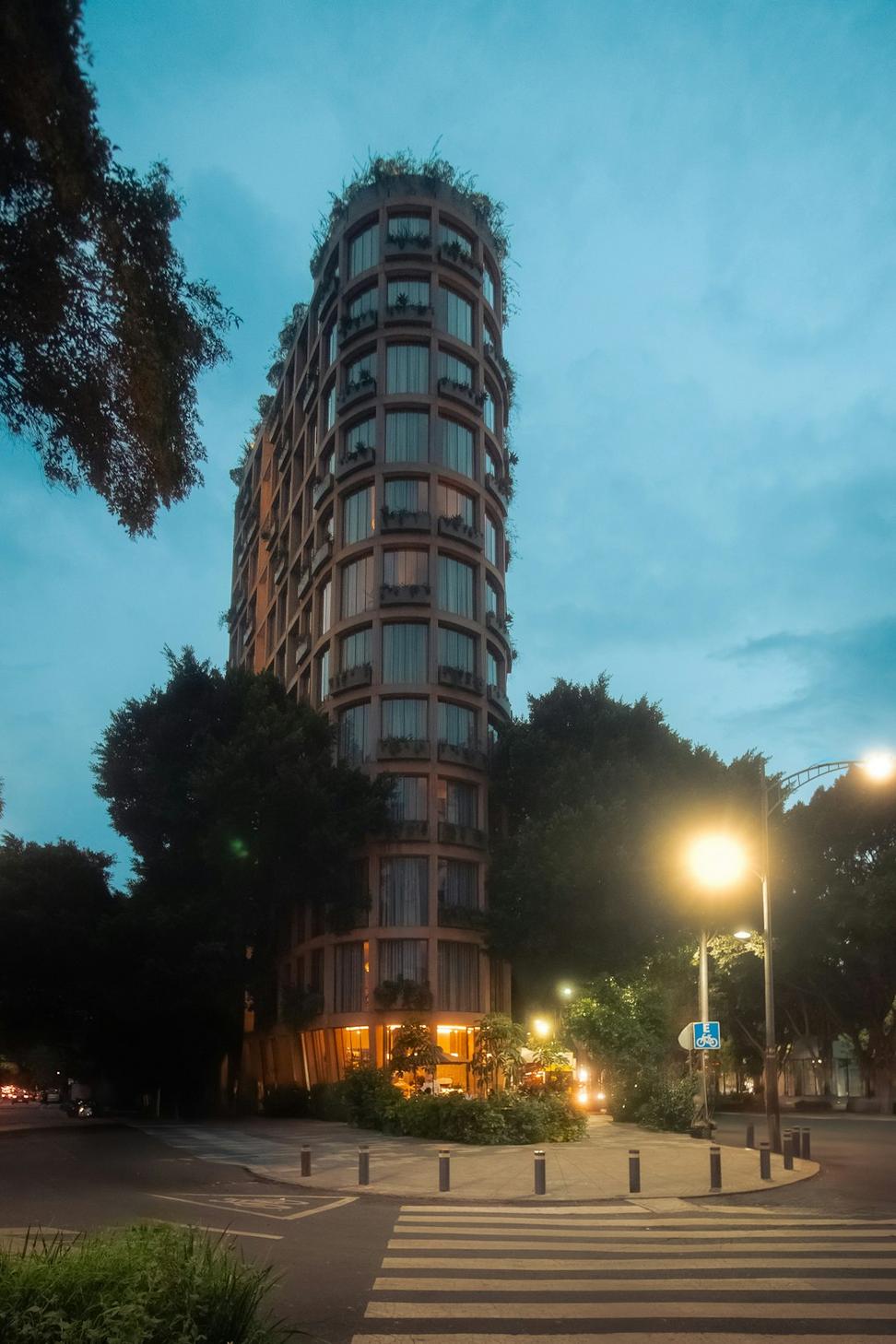Why We're Obsessed with Green Design
Look, I've been in this game for fifteen years now, and I've seen the shift. At first, sustainable design was this niche thing - clients would ask about it like it was some exotic add-on. Now? It's the baseline. And frankly, it should be.

Materials That Make Sense
We're not gonna spec imported marble when there's gorgeous BC wood sitting right here. Local materials cut transport emissions and support regional economies - plus they just work better with our climate. Win-win-win.

Passive Design First
Before we add any fancy tech, we're thinking about orientation, airflow, natural light. It's old-school stuff that our grandparents knew, but somehow got lost in the modernist shuffle. We're bringing it back.
Our Green Building Impact
Real numbers from real projects - not just marketing fluff
LEED Certifications
We've helped 23 projects achieve LEED certification since 2018. That's not every project - some clients aren't interested in the paperwork, and that's cool. But for those who want it, we know the process inside out.
Energy Reduction
Compared to standard code-minimum buildings. Yeah, that's a huge number. Better insulation, smarter HVAC systems, and passive solar design do most of the heavy lifting. The rest is just paying attention to details.
Water Conservation
Rainwater harvesting, greywater systems, low-flow fixtures - we've cut water usage by an average of 45% across our residential projects. In Vancouver where water's plentiful, people forget it still takes energy to treat and pump it.
Carbon Offset Annually
That's the total annual carbon reduction from all our completed projects combined. It's like taking 185 cars off the road every year. Not bad for a small firm that started in someone's garage, right?
Recycled & Reclaimed Materials
We try to hit at least 30% recycled or reclaimed content in every build. Old timber beams, recycled steel, reclaimed brick - they've got character that new stuff just can't match. Plus the embodied energy savings are massive.
Construction Waste Diverted
From landfills through recycling and reuse programs. Construction's messy, but it doesn't have to be wasteful. We work with contractors who get it - sort on-site, find homes for salvageable materials, actually give a damn.
Certifications We Work With
Leadership in Energy & Environmental Design
Canada Green Building CouncilThe gold standard - or actually, there's platinum above that. We've done projects at every level from Certified to Platinum. It's a lot of documentation, but the framework's solid and clients know what they're getting.
Levels: Certified, Silver, Gold, Platinum
Passive House Institute
International StandardThis one's intense - super tight building envelope, crazy-efficient ventilation systems. The energy savings are unreal, but it requires precision during construction that not every contractor can deliver. Worth it though.
Focus: Ultra-low energy buildings
WELL Building Standard
International WELL Building InstituteFocuses on human health and wellness - air quality, lighting, acoustics, all that stuff that affects how people actually feel in a space. We're seeing more commercial clients ask for this, especially post-pandemic.
Focus: Occupant health & wellness
Living Building Challenge
International Living Future InstituteThe hardcore one. Net-positive energy, water, and waste. We've consulted on a couple LBC projects but haven't completed one yet - it's aspirational for most clients. But man, when you see one done right, it's inspiring.
Focus: Net-positive impact

It's Not Just About Certifications
Don't get me wrong - certifications are great. They give you benchmarks, they hold us accountable, and they look good in marketing materials. But some of our best sustainable work never got officially certified.
There's this residential project we did in North Van - client didn't want the LEED paperwork hassle, but we still designed it with all the same principles. Solar orientation, natural ventilation, locally-sourced materials, the works. Their energy bills are basically nothing.
That's the thing - sustainability isn't a badge you earn, it's how you think about every single decision in the design process. What's the lifecycle impact? Where'd this material come from? How will this building age? Can it be adapted later without tearing everything out?
Let's Talk About Your ProjectThe Real ROI of Green Building
Yeah, sustainable design can cost a bit more upfront - usually 2-5% more in construction costs. But we've seen our clients recoup that through energy savings in 3-7 years on average. After that? It's pure savings.
Plus there's the stuff that's harder to quantify - better indoor air quality means fewer sick days, natural lighting improves mood and productivity, good thermal comfort just makes spaces nicer to be in. Your employees or tenants will notice, even if they can't articulate why.
Lower Operating Costs
Less energy, less water, less maintenance on quality systems that were installed right the first time.
Higher Property Values
Green buildings command premium rents and resale values. The market's catching on.
Future-Proofing
Building codes keep getting stricter. Build ahead of the curve now, avoid costly retrofits later.